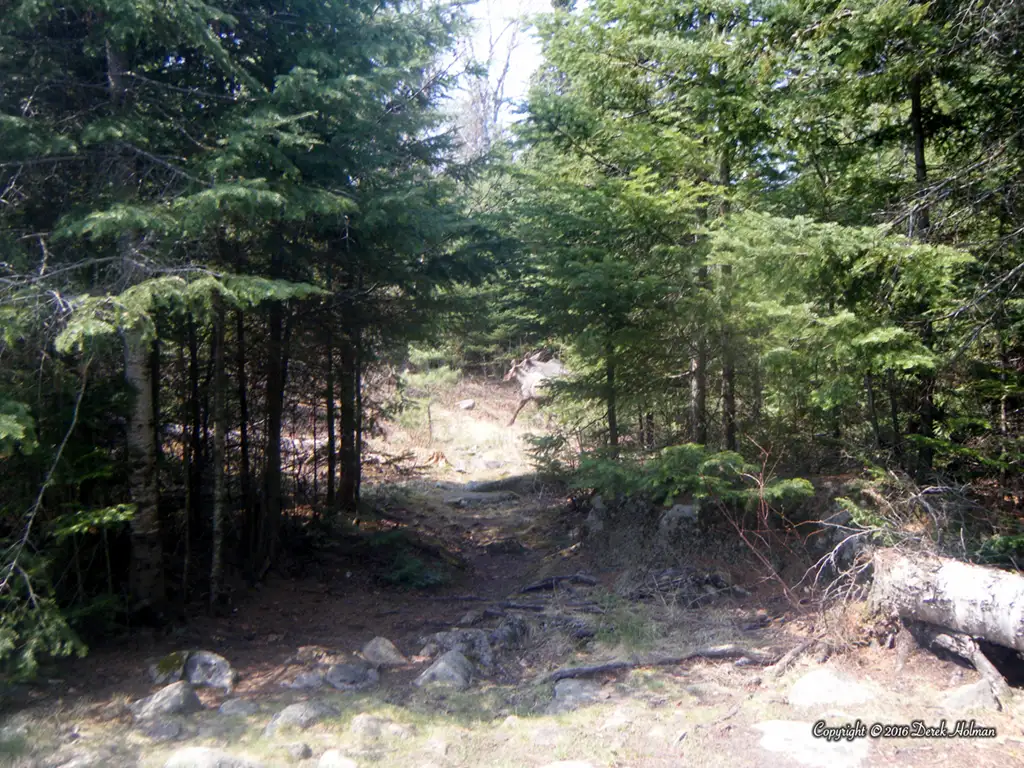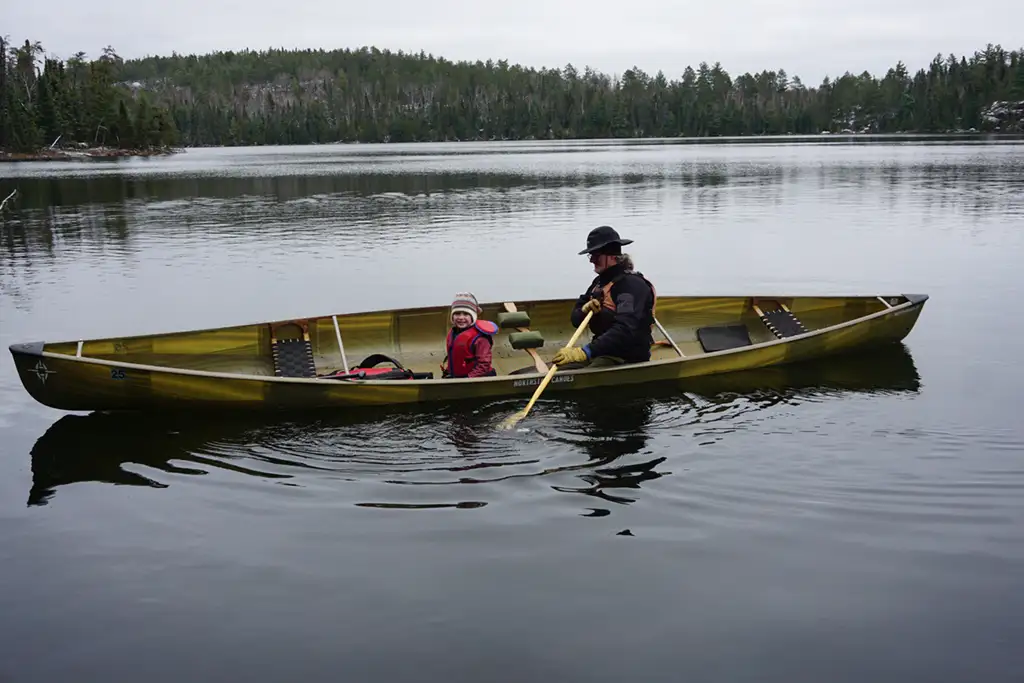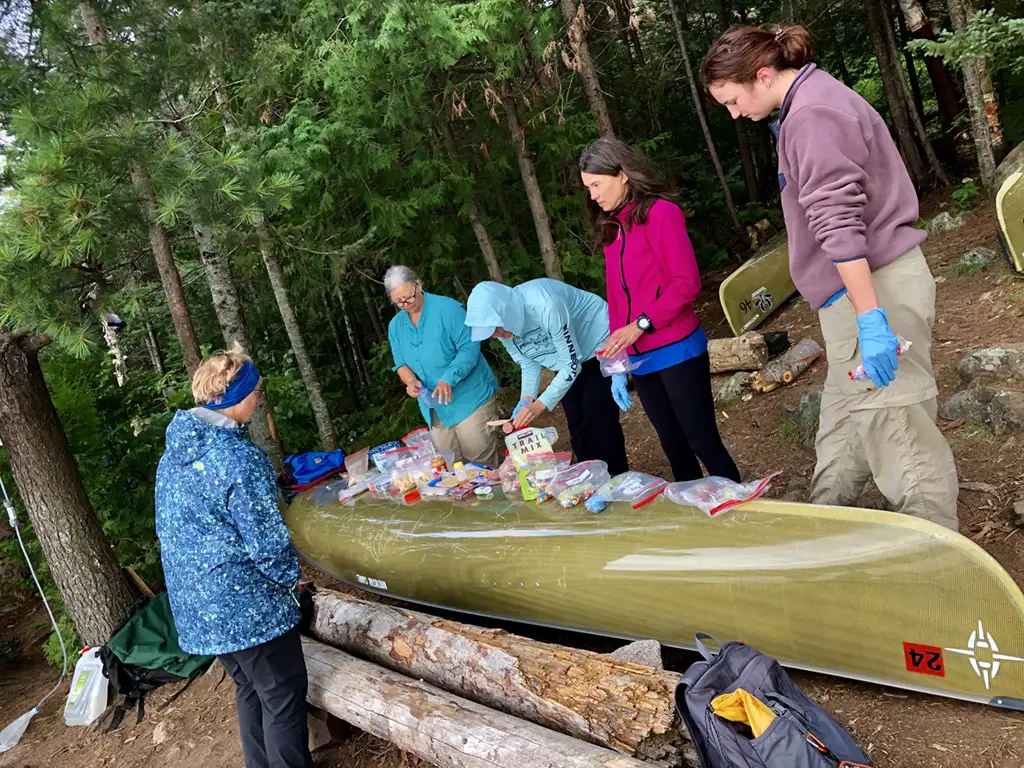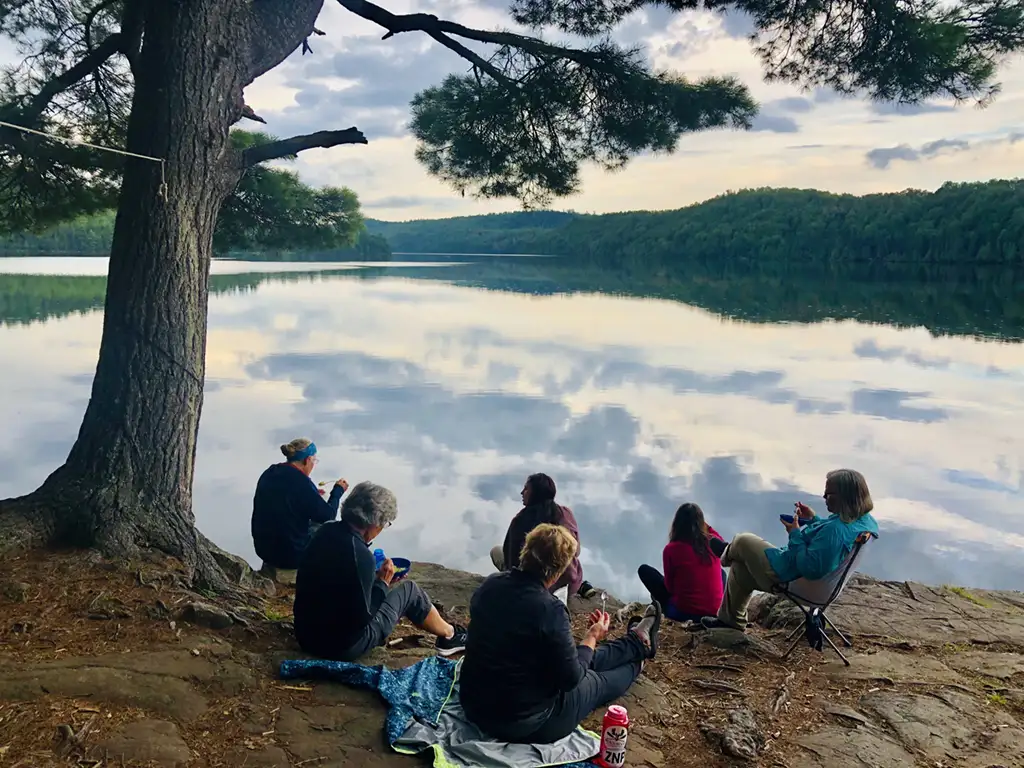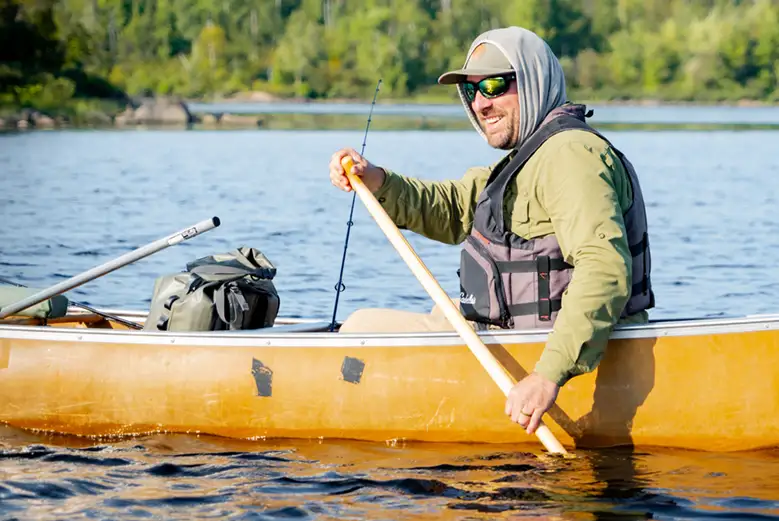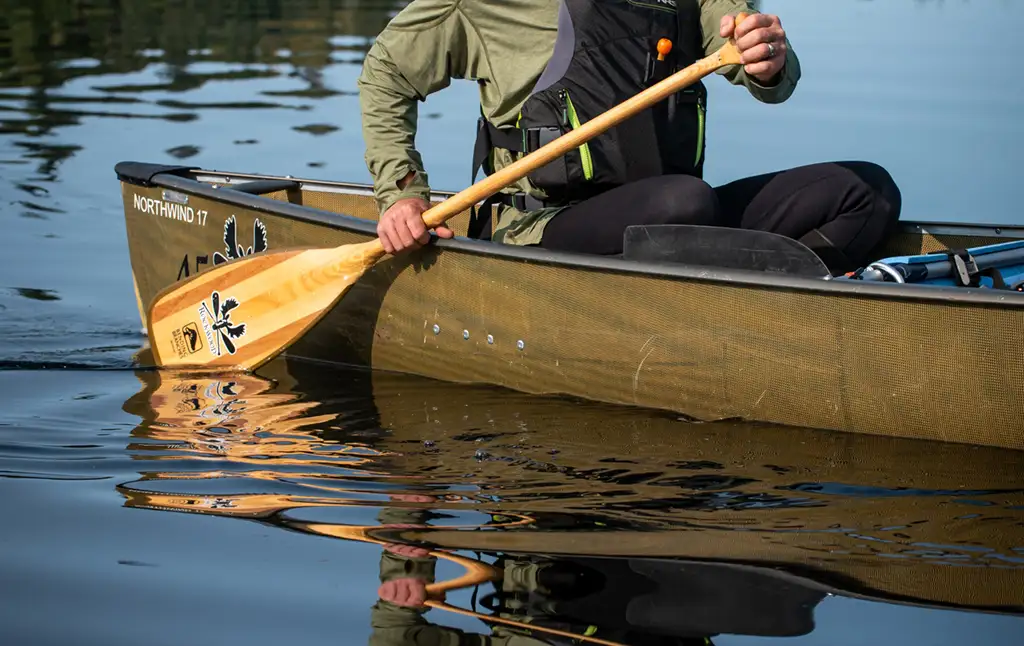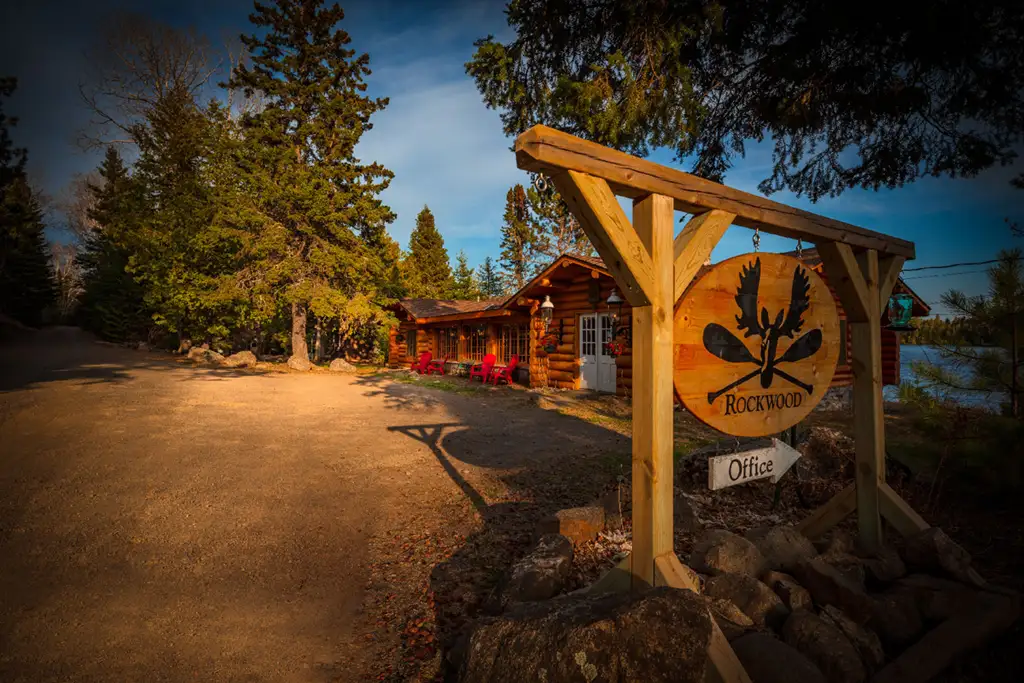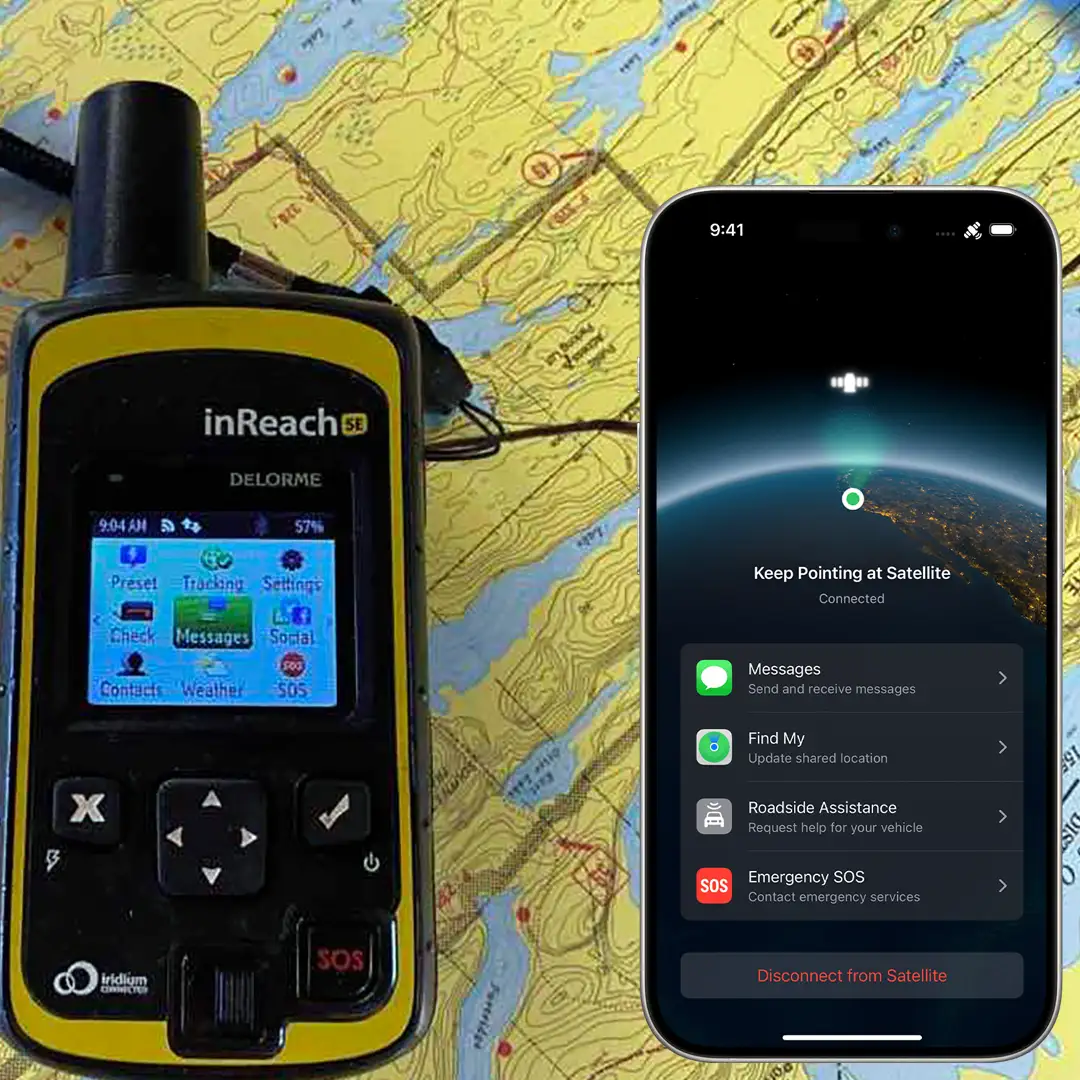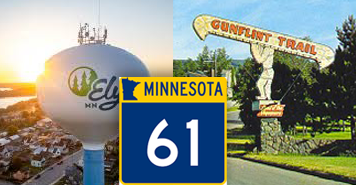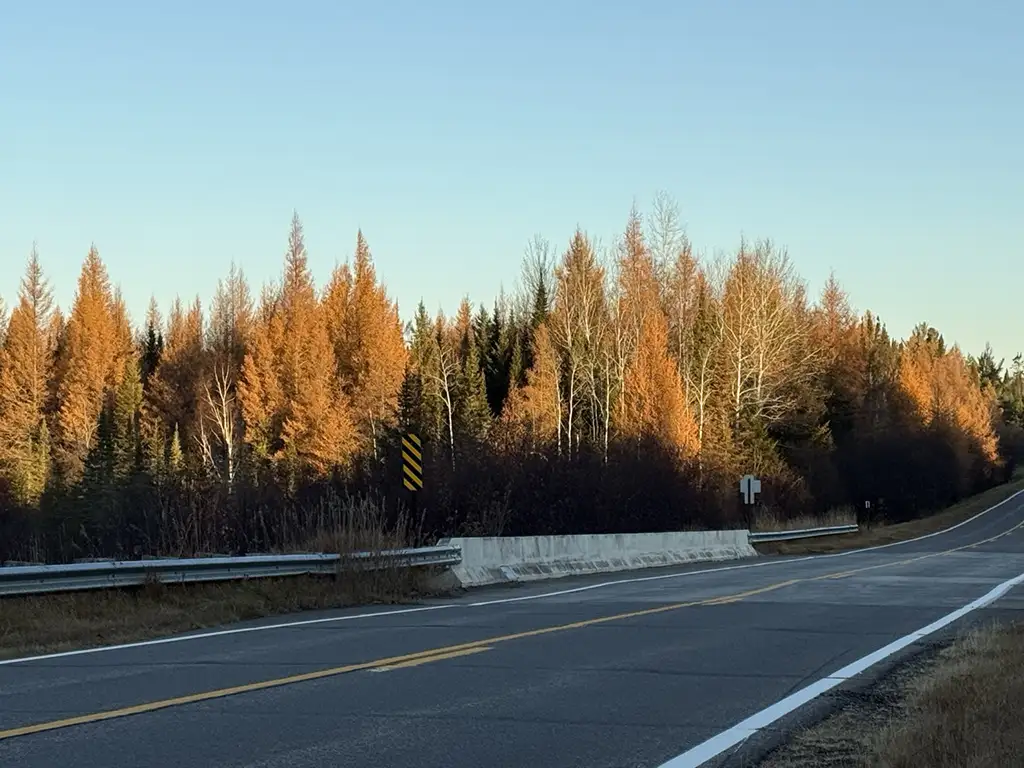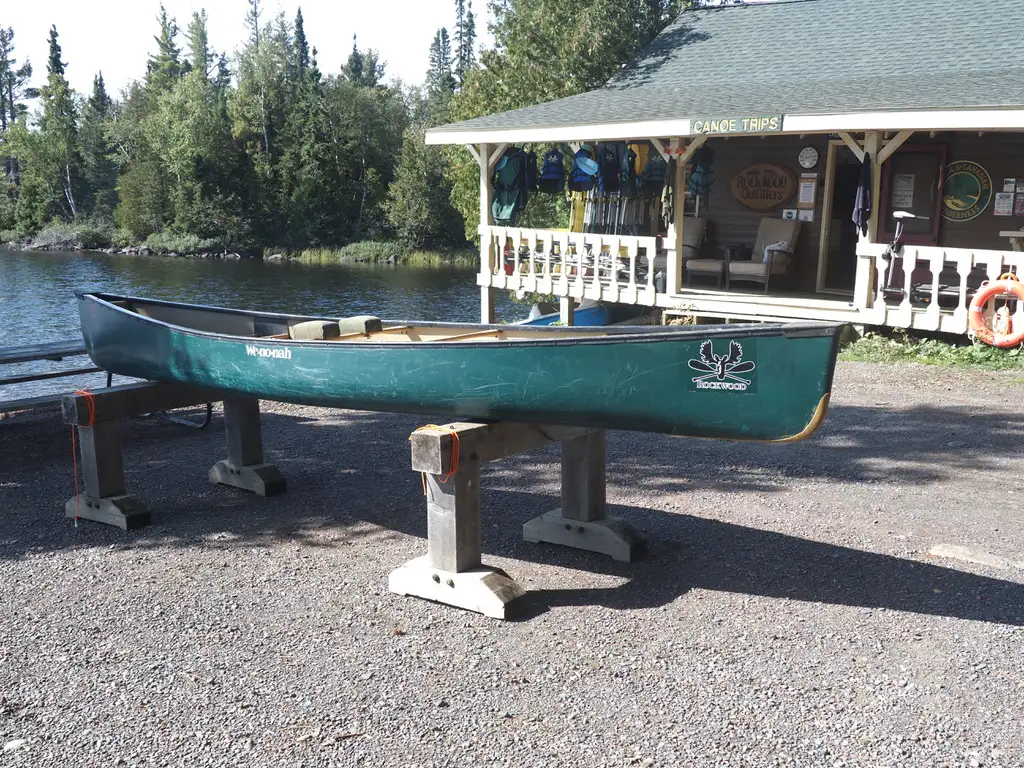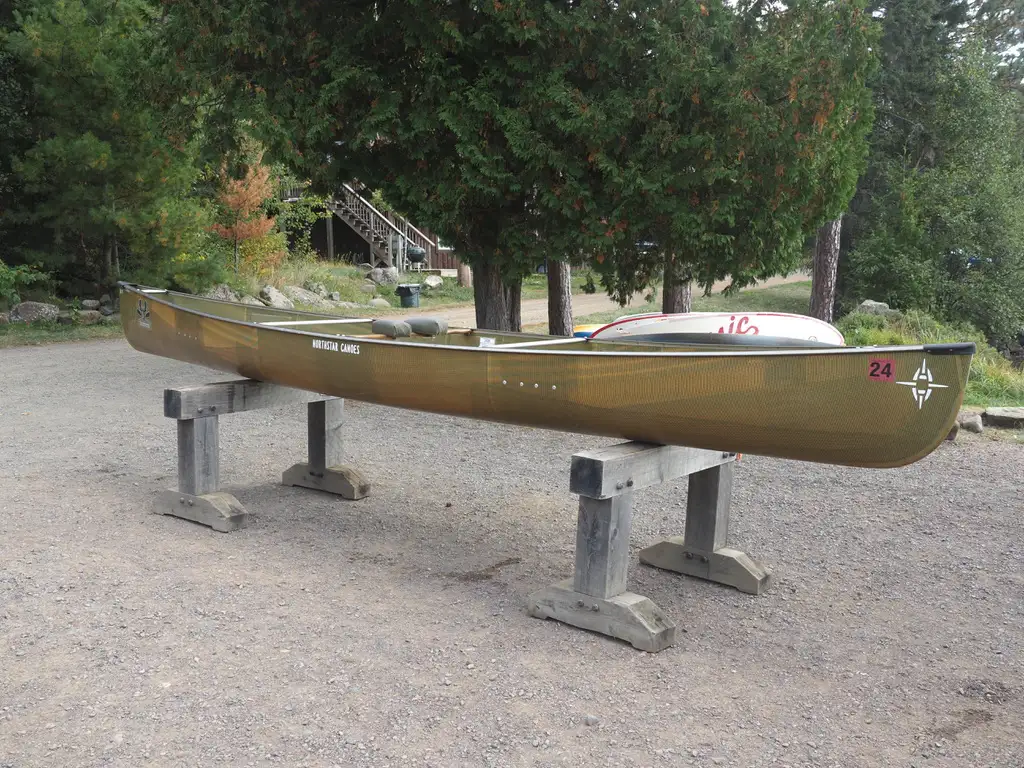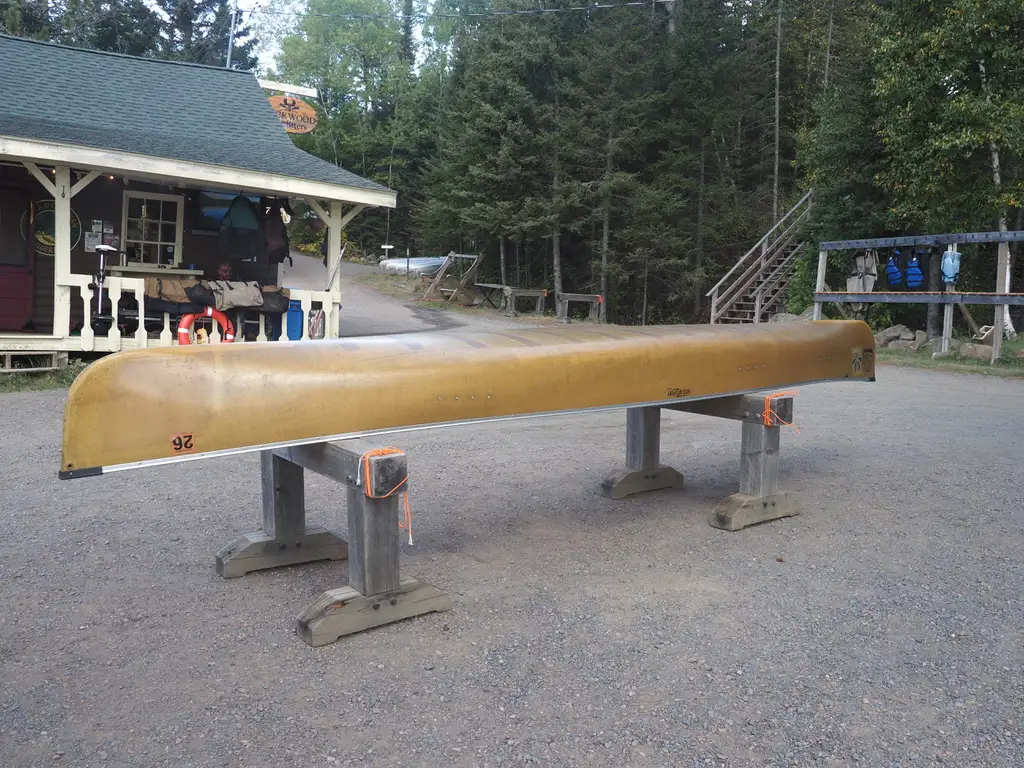Eastern Spruce Budworm
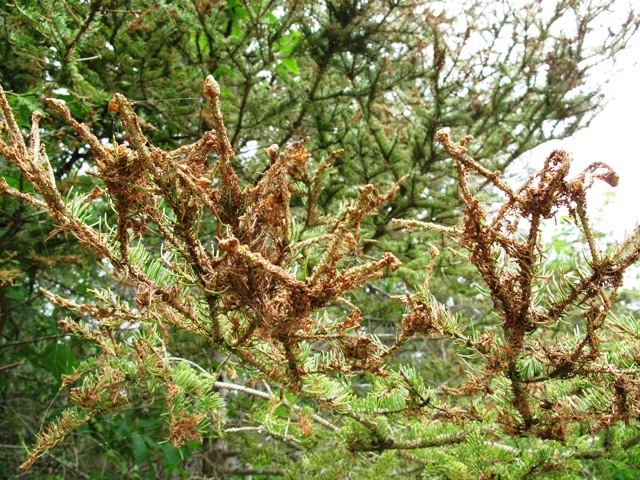
—
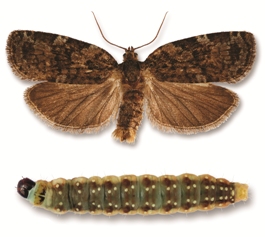
Visitors along the North Shore and Gunflint Trail will notice that many of our stately evergreen trees appear to be ever brown. All of us are concerned about the loss of this important resource.
So what or who is to blame?
The main culprit is the Eastern Spruce Budworm assisted by the drought conditions that prevailed up here in recent years.
According to the University of Minnesota Extension Service, the Spruce Budworm is a native forest insect that relies on balsam fir and spruce trees to sustain itself.
Although the budworm has been found in Minnesota each year for the last 70 years, there are large scale outbreaks of the pesky critters every 30-40 years. Outbreaks remain until much of the budworm’s food source has been killed.
The budworm moths, small and colored a light tan, mate and drop eggs in July on fir and spruce needles. They may each lay up to ten egg masses before dying out in the summer.
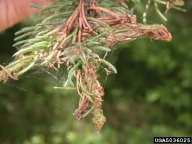
Larvae emerge from these masses and easily disperse. After overwintering, they feed on new foliage growth in May and June, leaving a web of partially eaten needles on branch tips. These webs are a reddish brown color.
You may first notice an infestation on the outer branches in the upper crown of spruce and fir trees. Long term damage to the tree will happen in just a few seasons and additional years will be fatal to the tree.
The Minnesota Department of Natural Resources estimates that budworms defoliate 94,500 acres each year.
It has been estimated that the current outbreak is at least two years away from peaking.
Chemical sprays have proven effective at controlling the budworm if applied early in the Spring, but they are expensive and not particularly effective in the forest. Spraying can help save spruce and fir trees that are in private yards however and the extension service and DNR can assist you in finding a contractor to do the spraying. The spray must be applied to the top of the tree making the task difficult for the DIY.

Another management strategy is commercially thinning healthy stands of spruce and fir to retain trees with greater than 40% live crown ratio.
Dead and dying trees become a fire hazard around homes and businesses, contributing to an increased fire risk if not removed.
In the wilderness you can help mitigate this fire risk by practicing good fire safety.
The UofM Extension Service is hosting a workshop titled Understanding spruce budworm in Minnesota’s forests on August 22, 2023 from 10 am to 11:30 am. You may access the workshop online or attend in person at the Cook County Higher Education Building in Grand Marais.
Attendees will learn about the identification, impact and management of spruce budworms. It will include discussion of the resources available through Cook County Firewise and Cook County Soil and Water Conservation District for responding to spruce budworms.
The workshop focuses on spruce budworm at a forest health scale, but will also contain information relevant to those concerned about budworm impacts in yards of all sizes. More information can be found on the Extension Service website.
You may register to attend at the Cook County Higher Education website.

